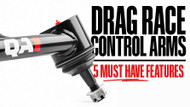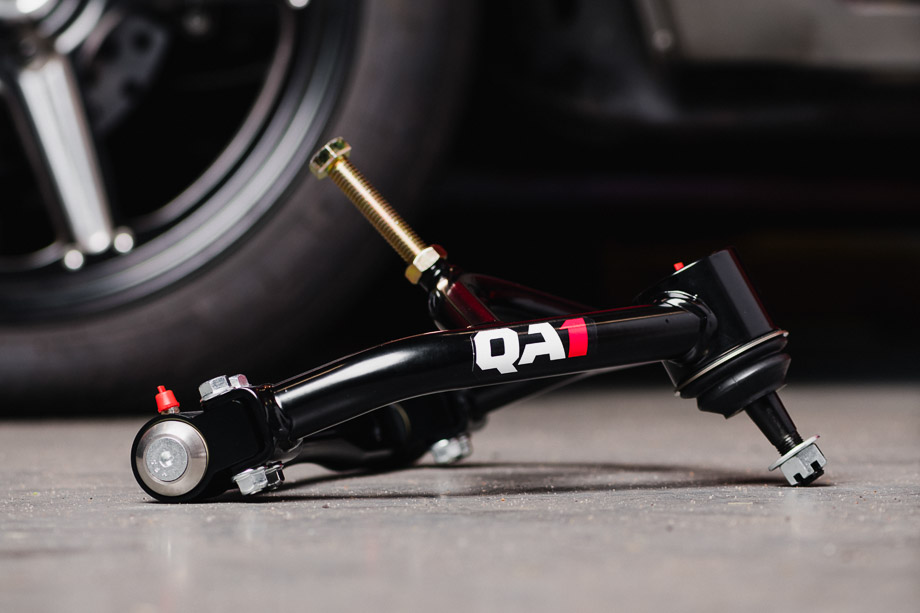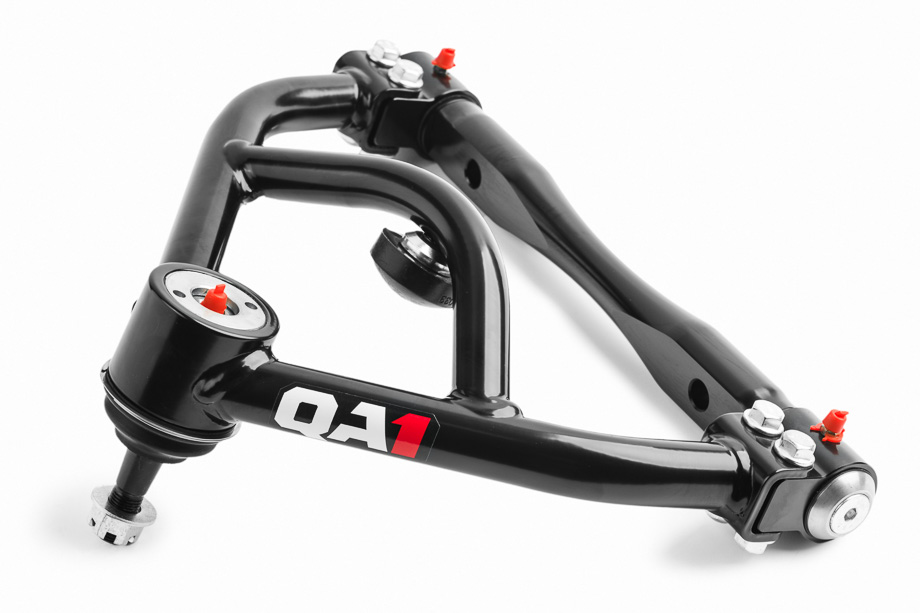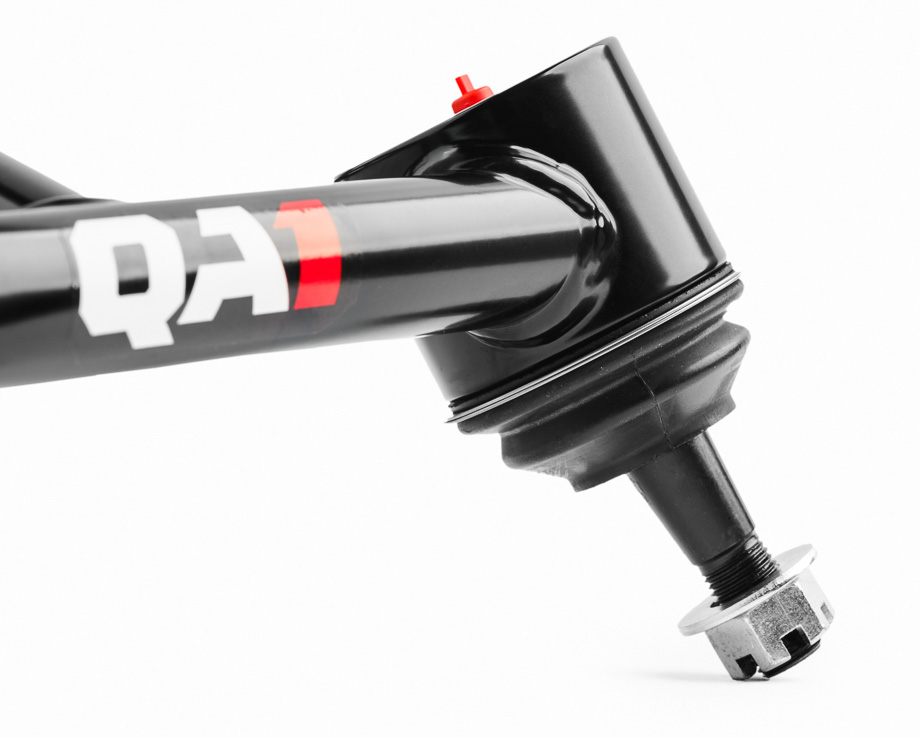Drag Race Control Arms: 5 Must Have Features
When it comes to tubular control arms for drag racing, it can feel like there are countless options to choose from. While many of them claim to reduce weight, the question remains: will they hold up if you hit a pothole on the street? This is especially important for drag-and-drive events, where street driving is a part of the competition.
To help you make the right choice for your ride, here are five things to consider when shopping for control arms for your drag car:
- Low Friction
- Adjustable Droop Stop
- Ball Joint Design
- Reduced Weight with Increased Strength
- Coil-over Ready
LOW FRICTION
To achieve top-notch performance, it is crucial to have smooth operation, which can be achieved by using low-friction bushings and ball joints to avoid binding. QA1 has solved this issue by utilizing ultra-low-friction composite pivot bushings that eliminates flex and ensure bind-free movement in its drag race control arms.
Furthermore, QA1's engineers have addressed the problem of misalignment that typically occurs when welding cross-shaft tube ends to the control arm. This design tackles the problem by connecting the bushing separately to prevent the tube ends from getting misaligned during the welding process – this is something uniquely found on the QA1 design.
ADJUSTABLE DROOP STOP
To achieve a good 60-foot time on the track, it's crucial to optimize the performance of the front of your car. While shocks are a key component of tuning, adjustable droop stops provide a way to fine-tune the front-end rise during launch.
With the adjustable droop stop design of QA1's drag race control arms, you can customize the front end droop off the starting line, providing extra tuning options for your front suspension.
BALL JOINT DESIGN
When searching for tubular control arms for your drag car, you'll find that many brands go for the conventional “parts store” ball joints. But these light duty designs often suffer from high friction and binding during movement, which is not ideal for performance.
That's where QA1's ultimate ball joint design comes in. With ultra-low-friction performance and the ability to adjust and service the ball joint over time, it's a game-changer for your drag racing needs. Unlike normal ball joints that need to be replaced when they wear out, this design allows you to adjust the tension on the ball, making it serviceable for years to come.
REDUCED WEIGHT WITH INCREASED STRENGTH
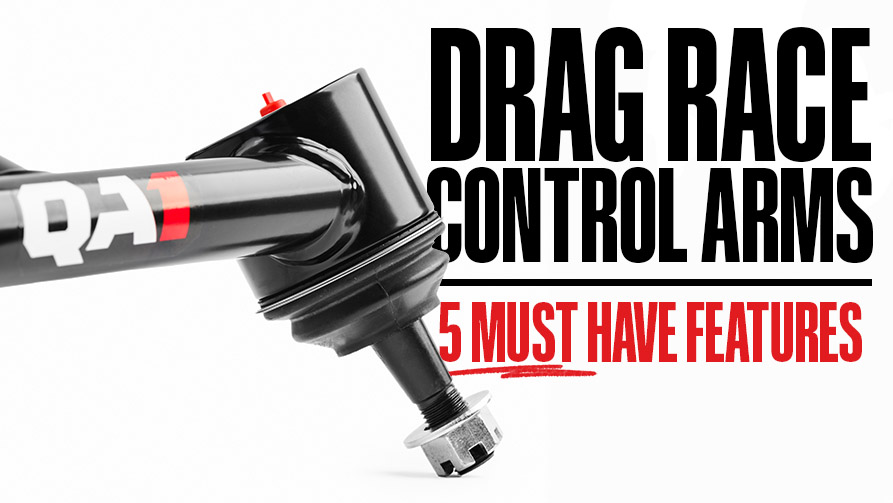
As drag and drive events gain popularity, more and more cars are hitting the streets and tracks. Lightweight, low-strength control arms are no longer suitable for handling the abuse of rough roads and other street hazards.
To tackle this problem, QA1 Control Arms are designed with strength in mind. They incorporate unique features, such as a stamped steel lower shock mount, that reduce weight without sacrificing durability. Not only does this design look great, but it also offers a lightweight and robust solution.
At around 7 and 9 pounds, the upper and lower control arms are among the lightest available on the market, while maintaining top-tier strength.
COIL-OVER READY
Finally, QA1’s control arms come with a double sheer mount that is super strong and perfect for pairing with QA1 double adjustable or high performance MOD Series shocks.
CONCLUSION
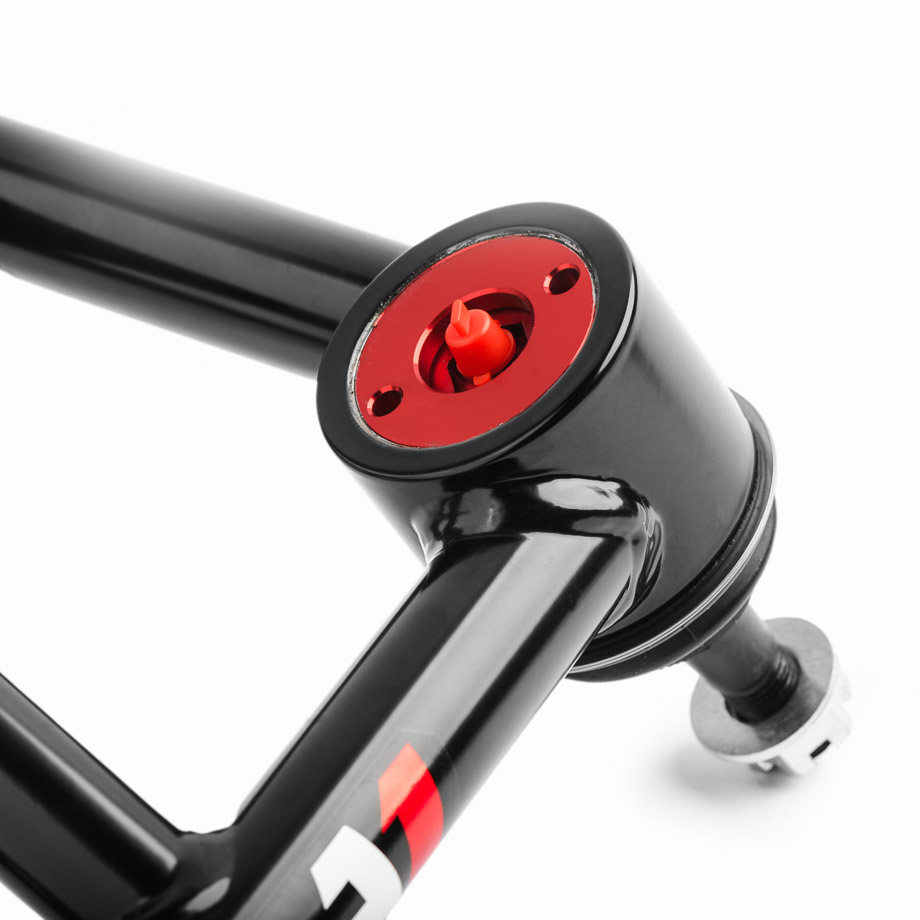
If you want your drag car to handle all the punishment it may face on the track and still perform well on the street, it's essential to choose the right drag race control arms. Don't be swayed by cheap alternatives...go for a control arm that you can trust to be both lightweight and durable. QA1 control arms meet these requirements and more, making them the perfect choice for your ride.
Have suspension questions? We've got answers. Click here to see our Street Performance & Racing FAQs.

